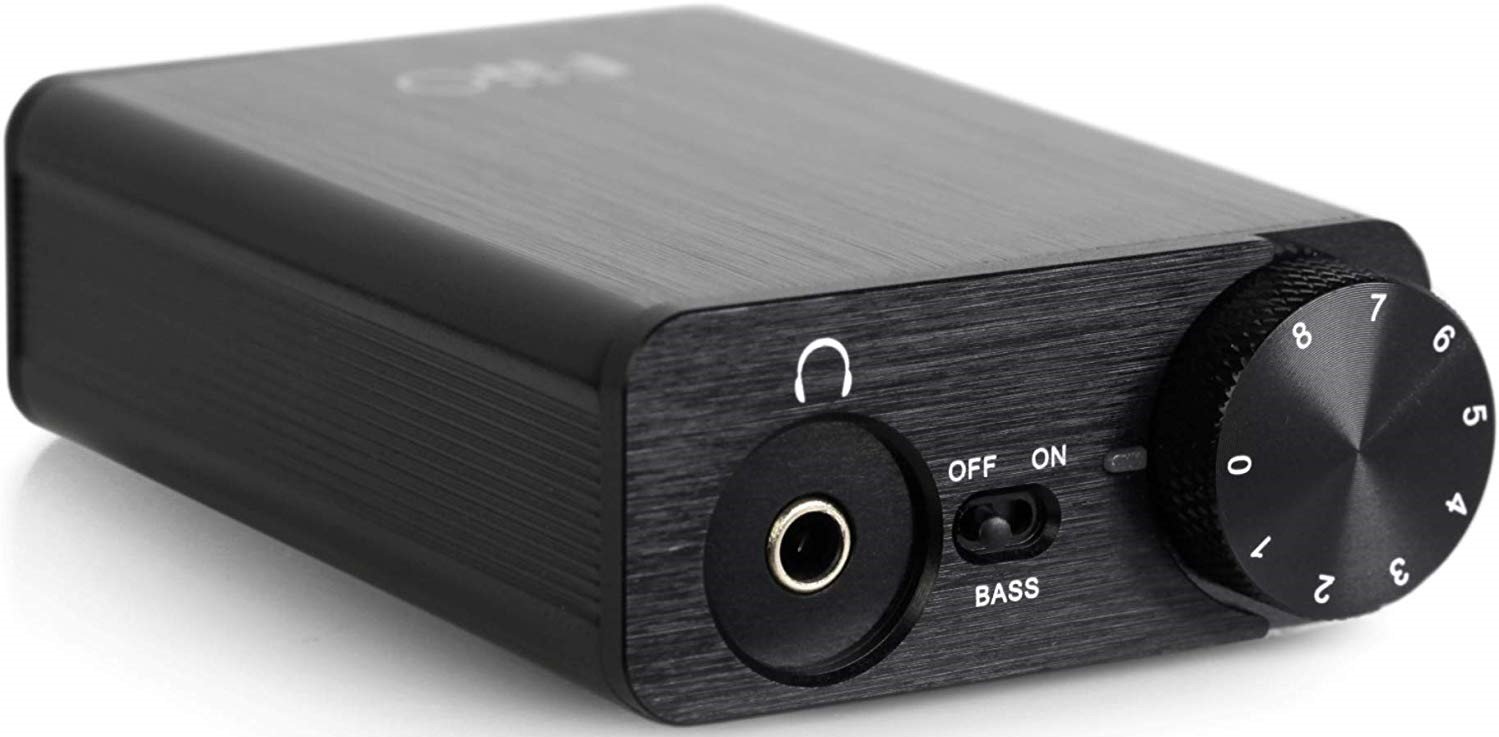

- #Best external sound card 2018 how to
- #Best external sound card 2018 1080p
- #Best external sound card 2018 portable
- #Best external sound card 2018 pro
- #Best external sound card 2018 software
#Best external sound card 2018 1080p
However, even though the bandwidth in USB 3.0 Capture Cards is ten times greater than in USB 2.0 (up to 5 Gbit/s), you may still experience lag while streaming your gameplay from console in 1080p and 60FPS (30 FPS should do fine). If you are looking for more reliable way to live stream your gameplay with capture card, this would be the best choice.
#Best external sound card 2018 portable
Two positive aspects of those cards are the fact that they are portable and relatively cheaper than USB 3.0 or PCI-e cards. While LIVE streaming, you may expect a 4-6 second lag between your webcam reaction and the actual screen from the capture device, due to 480 Mbit/s bandwidth, which isn’t even closely enough to provide lag-free footage. While picture remains crystal clear, all videos recorded in 1080p in 60fps and even those in 30fps tend to have a huge lag. Nowadays, USB 2.0 Capture Cards are no longer recommended due to their encoding speeds.
#Best external sound card 2018 pro
Roxio Game Capture HD PRO 1080p/30 fps USB 2.0.AVerMedia Live Gamer Portable 2 1080p/60 fps USB 2.0.AVerMedia Live Gamer Extreme GC550 1080p/60 fps USB 3.0.AVerMedia Live Gamer HD 1080p/30 fps PCIe.AVerMedia Live Gamer HD 2 1080p/60 fps PCIe.Elgato Game Capture HD 1080p/30 fps USB 2.0.Elgato Game Capture HD60 1080p/60 fps USB 2.0.Elgato Game Capture HD60 S 1080p/60 fps USB 3.0 Type.All cards described here, allow capturing games in 1080p, while definite most captures them also in 60 FPS.
#Best external sound card 2018 how to
Not only it allows capturing the gameplay from your console, but also allows to broadcast it to most popular streaming services.īut before delving into how it all works and how to it all up, let’s show a couple of the best capture cards currently available on the market.

#Best external sound card 2018 software
Here is where Action! LIVE streaming software is extremely useful. Remember that in order to live stream the gameplay from your console you also need additional software on your PC that will stream directly to YouTube or Twitch.

Your PC resources are not used as much since a lot of the work is done by the capture card itself. By sending a signal from your console into your capture card which then transfers raw, non-encoded picture from the card into your PC, you will receive the best possible quality that you can get while playing a console game. If you have such card (and relatively proper PC and Internet connection) you can rest assured. To help bring console gamers up to par with PC ones, game capture cards were developed – they are meant to help you record and upload your gameplay online. Since PC gamers use their machines to do that, consoles prove to be a bit more problematic and lacking when it comes to professional live streaming and recording software. The thing is… it’s best if it’s shared with/among other people.ĭue to constantly growing interest in live streaming and recording, console players now require a professional way to broadcast their gameplay to YouTube or Twitch.

On the right, there are two drop-down menus to select the default speaker and microphone, which are the same settings that you can customize in the Sound page.Īt the bottom of the page, you can adjust volume for specific apps and system sounds as a percentage of the master volume.Playing games on game consoles have always been so much fun. The first thing you'll find on this page is the slider to control the system master volume and adjust all sounds. Under "Other sound options," click the App volume and device preferences option. To access and customize app volume and device preferences, do the following: (This experience replaces the Volume Mixer, which is still available in the April 2018 Update.) The new Sound settings also include a number of advanced options to control volume and input and output devices. How to manage advanced Windows sound options using Settings You'll notice that the "Volume Mixer" is still accessible, but it'll eventually go away as these settings can now be found in "App volume and device preferences" page.


 0 kommentar(er)
0 kommentar(er)
